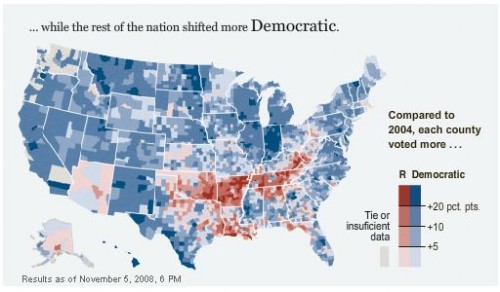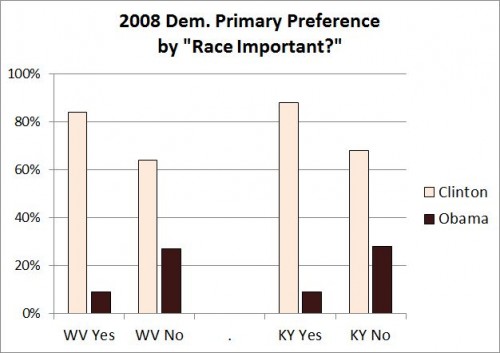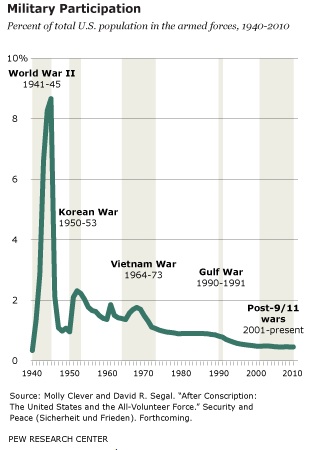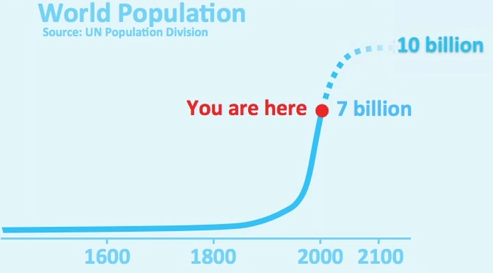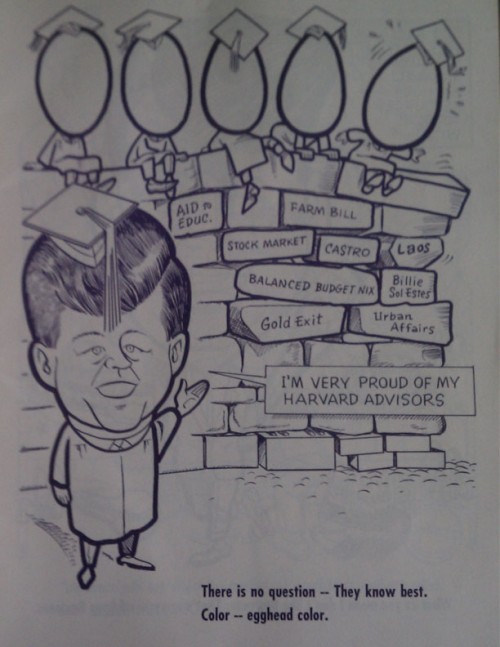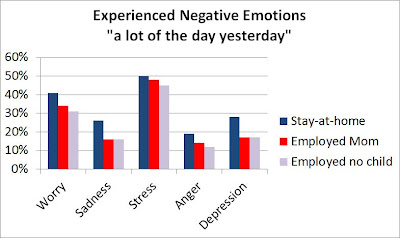Cross-posted at Montclair SocioBlog.
In recent Democratic primaries in Appalachian states, Obama lost 40% of the vote. The anti-Obama Democrats voted for candidates like “uncommitted” (Kentucky), an unknown lawyer (Arkansas), and a man who is incarcerated in Texas (West Virginia).
Could it be that there’s racism at work in Appalachia? Or is the anti-Obama vote based entirely on opposition to his policies?
The 2008 Presidential election — Obama v. McCain — offers some hints. For those with short memories, the Bush legacy — an unpopular war and an economic catastrophe — may have hurt the GOP. In that election, the country went Democratic. The Democrats did better than they had in 2004, the Republicans worse. But not everywhere. The Times provides this map:
Still, it’s possible that those voters in Appalachia preferred the policies of candidate Kerry to those of candidate Obama. As Chris Cilizza says in in a Washington Post blog (here), the idea that race had anything to do with this shift is…
…almost entirely unprovable because it relies on assuming knowledge about voter motivations that — without being a mindreader — no one can know.
Cilizza quotes Cornell Belcher, the head of a polling firm with the Monkish name Brilliant Corners:
One man’s racial differences is another man’s cultural differences.
Right. The folks in Appalachia preferred John Kerry’s culture.
I’m generally cautious about attributing mental characteristics to people based on a single bit of behavior. But David Weigel, in Slate, goes back to the 2008 Democratic primaries – Obama versus Hillary Clinton. A CNN exit poll asked voters if race was an important factor in their vote. In West Virginia and Kentucky, about 20% of the voters in the Democratic primary said yes. Were those admittedly race-conscious voters more anti-Obama than other Democrats?
As Weigel points out, this was before Obama took office, before voters really knew what policies he would propose. Besides, there wasn’t all that much difference in his policies and those of Hillary Clinton.
Cilizza is right that we can’t read voters’ minds. But to argue that there was no racial motivation, you have to discount what the voters said and what they did.

